
Canadian Millionaire Builds 99 Homes to Reduce Homelessness in His Community
In the scenic town of Fredericton, New Brunswick, an innovative initiative is transforming the way we think about homelessness and community living. Marcel LeBrun, a former tech mogul turned philanthropist, has embarked on a groundbreaking project that goes beyond mere charity. His mission? To build 99 tiny homes designed not just to provide shelter but to foster a thriving, self-sustaining community for those in need. This initiative represents a radical departure from traditional approaches to homelessness, incorporating elements of sustainability, empowerment, and integration that challenge conventional wisdom. What drives a successful entrepreneur to invest millions into such a unique project, and can a small community of tiny homes really make a difference in the lives of the formerly homeless?
Marcel LeBrun’s Initiative
Marcel LeBrun, a former tech executive turned philanthropist, has embarked on a mission to combat homelessness in his hometown of Fredericton, New Brunswick, through an innovative housing project known as the “12 Neighbours.” After selling his company for a substantial sum, LeBrun decided to allocate a portion of his wealth to create a lasting social impact, focusing on those most vulnerable in his community.
The “12 Neighbours” project involves the construction of 99 tiny homes designed to provide affordable and sustainable housing options for individuals who have experienced homelessness. Each home is efficiently designed with essential amenities such as a kitchen, bedroom, bathroom, and sustainable features like solar panels. The initiative extends beyond mere shelter; it aims to foster a supportive community environment where residents can thrive.
Integral to the project’s vision is the development of communal facilities that encourage economic and social interaction among residents. A community center, which includes a coffee shop, a teaching kitchen, and a silk printing business, has been established to provide residents with practical job skills and employment opportunities right within their living environment.
Financial Framework

The “12 Neighbours” project is underpinned by a robust financial model that leverages both personal investment and public funding to create sustainable housing solutions for the homeless. Marcel LeBrun has invested approximately $4 million of his personal funds into the development of the tiny home community. This significant personal investment has been supplemented by $12 million in government grants, demonstrating a successful public-private partnership that enhances the project’s scale and viability.
This funding framework supports a unique economic model where the tiny homes are rented out to residents at a rate pegged to 30% of their income. This geared-to-income approach ensures affordability and accessibility for individuals who are often at the lowest income brackets and are struggling to find stable housing. The inclusion of utilities and internet in the rent further reduces the financial burden on the residents, allowing them to focus on personal development and community integration without the stress of disproportionate housing costs.
The community impact of this financial and housing model is profound. By providing affordable, stable housing, “12 Neighbours” not only addresses the immediate need for shelter but also fosters a sense of security and belonging among residents. This stability is crucial for the residents’ ability to engage in community life and access employment opportunities provided within the community itself.
Furthermore, the project’s design to include communal spaces and facilities like the teaching kitchen and silk printing business serves a dual purpose. It not only offers practical skills and job opportunities to residents but also transforms the community into a vibrant hub for social interaction and economic activity. This approach not only lifts individuals out of homelessness but also stimulates local economic growth and fosters a supportive network, enhancing the overall social fabric of Fredericton.
Community Impact
LeBrun’s vision for the community includes not only safe and affordable housing but also opportunities for residents to engage meaningfully within their community. This holistic approach addresses the broader aspects of homelessness, which often include social isolation and lack of access to employment opportunities. “I see myself as a community builder, and really what we’re doing here is not just building a little community, but we’re building a community in a city, like how do we help our city be better?” LeBrun stated in an interview with CBC.
In an interview, LeBrun explained the importance of building community: “Getting to know so many amazing and resilient people, who have carried and overcome so much, who have incredible strengths, is rewarding,” he added. Residents of the “12 Neighbours” community have expressed profound appreciation for the stability and support the project provides. One resident shared, “Before moving here, I felt like I was constantly on edge, not knowing where I’d sleep next. Now, I have not only a place to call home but also a job at the community center, which has been life-changing.” Another remarked, “This isn’t just a place to live; it’s a place where you feel like you belong, where everyone has something to contribute.”
Challenges and Comparative Analysis

One primary concern raised is the project’s model of concentrating many vulnerable individuals in a single community. Critics argue that this could potentially hinder the residents’ ability to integrate into broader society. Warren Maddox, director of Fredericton Homeless Shelters, has voiced concerns, suggesting that “concentrating so many ‘vulnerable’ people in one place could be detrimental to their own recovery” (Maddox). He advocates for a more decentralized approach where housing solutions are spread across the city to promote better integration and independence.
There are logistical and social challenges associated with managing a gated community exclusively for previously homeless individuals. Some critics liken such environments to segregated zones that might stigmatize residents, despite the well-intentioned support structures in place. There is also the risk that residents could become overly dependent on the community, potentially limiting their motivation or ability to seek opportunities outside.
Similar initiatives in other regions have faced analogous scrutiny. For instance, projects like those proposed by the mayor of Birmingham, Alabama, where 100 sheds were bought for temporary housing, have been criticized for feeling more like containment rather than genuine housing solutions. Critics of these projects argue that they offer limited personal space and autonomy, thereby not adequately addressing the dignity and long-term needs of residents.
In contrast, successful models in places like California have shown that tiny home villages can effectively provide transitional housing if coupled with comprehensive support services. These include mental health support, job training, and assistance with permanent housing placement. California’s approach, particularly in cities like San Jose and Sacramento, involves placing tiny homes within communities rather than segregating them, promoting better integration with local neighborhoods.
Future Directions
As the project continues to evolve and expand, Marcel LeBrun has expressed his ambition to replicate this model in other communities, potentially transforming the approach to homelessness nationwide. The success of the project in Fredericton serves as a proof of concept that could inspire similar initiatives, not just in other Canadian cities but globally.
LeBrun’s vision includes scaling the project to accommodate more residents and introducing additional community-driven businesses and educational opportunities. These expansions aim to further integrate the residents into the broader community, reducing the stigma associated with homelessness and demonstrating the viability of tiny homes as a long-term housing solution.
LeBrun is exploring partnerships with other philanthropists, businesses, and governmental agencies to secure funding and support for expanding the project. These collaborations could provide the necessary resources to refine the model based on lessons learned from the Fredericton initiative, ensuring that future implementations are even more effective.
In addition to physical expansion, there is a focus on enhancing the support services available to residents, such as mental health support, job training programs, and legal assistance. By bolstering these services, the project aims to not only provide shelter but also address the underlying issues that contribute to homelessness.
Tiny Homes, Big Dreams
The “12 Neighbours” project led by Marcel LeBrun represents a pioneering approach to tackling homelessness through the lens of community building and sustainable living. This initiative not only offers a roof over the heads of those in need but also provides them with a platform for personal growth, skill development, and social integration. The project’s financial model, community impact, and innovative features set it apart as a beacon of hope and a potential template for other cities grappling with similar issues.
However, as with any groundbreaking endeavor, “12 Neighbours” faces its share of challenges and criticisms. The discussions around its model illuminate the complexities of addressing homelessness effectively—balancing the need for immediate shelter with the goal of long-term societal integration. The comparative analysis with other tiny home projects across North America further enriches the dialogue, highlighting both the potential and the limitations of this approach.
In conclusion, while no project is without its flaws, the “12 Neighbours” initiative by Marcel LeBrun is a commendable step towards reimagining how communities can come together to solve critical social issues. It challenges us to think beyond traditional solutions and consider how philanthropy, when combined with innovative thinking and community collaboration, can create lasting change. For other cities and communities worldwide, Fredericton’s tiny homes project could serve as an inspiring model for social innovation and ethical use of wealth in tackling homelessness.
News in the same category


Top 10 Magnesium-Rich Foods That Can Help Lower Blood Pressure Naturally
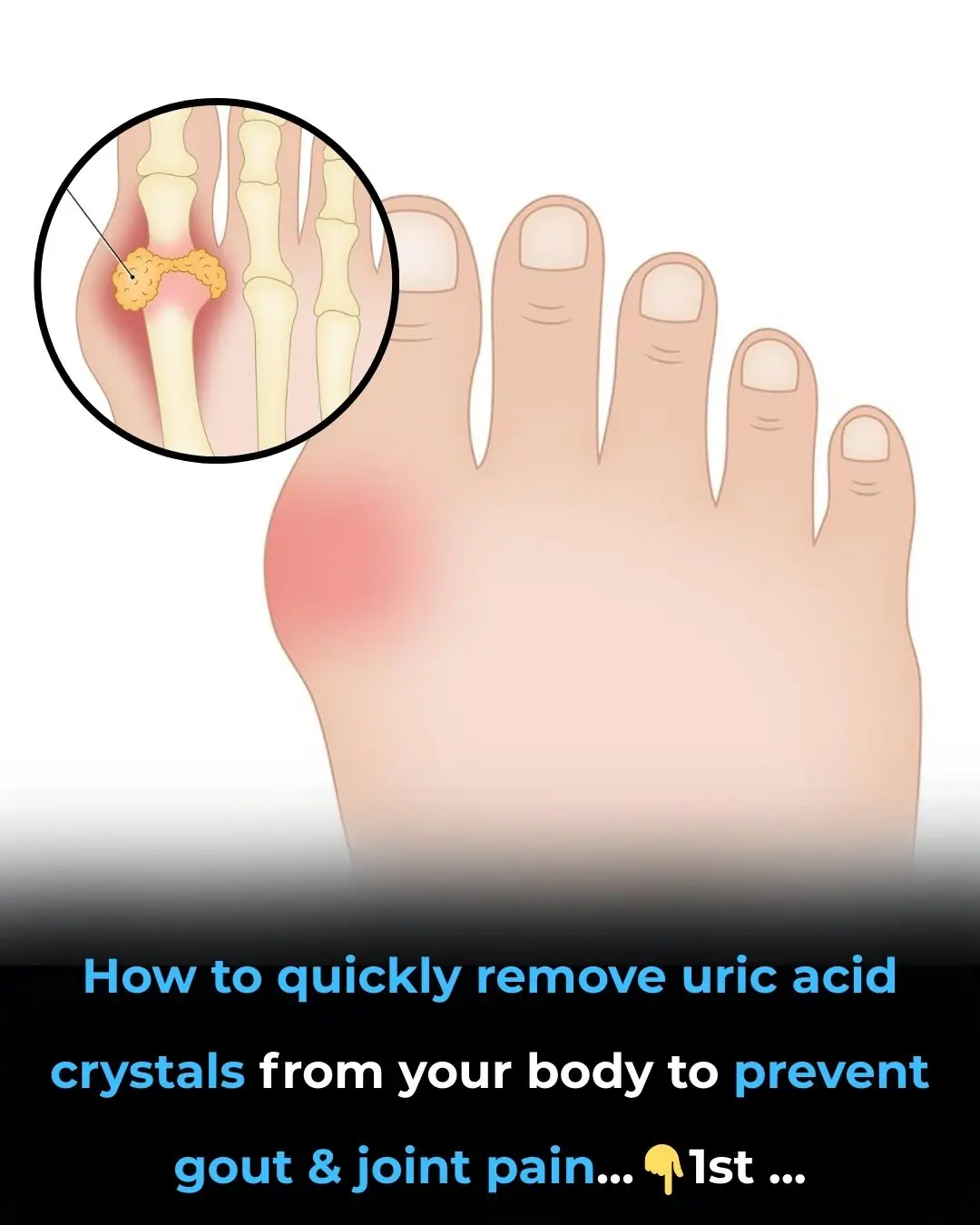
How to Reduce Uric Acid Crystals Naturally and Lower the Risk of Gout and Joint Pain

Why Do Women Cross Their Legs When Sitting

Clench Your Fist And Count The Palm Lines

You’re Doing It All Wrong: The Right Way to Store Winter Coats

I Found a Tiny Red Object With Metal Prongs in My Kitchen Drawer — Here’s What It Actually Is

8 Reasons Why Adding Baking Soda to Your Toilet Tank Is a Must-Try Trick

Quick Ways to Stop a Draft Under Your Front Door — While You Wait for the Handyman

Most People Will Go Their Entire Lives Without Knowing What the Decorative Bands on Bath Towels Really Mean

‘Black Diamond’ Apples Exist — A Rare Variety Only Found in China And Tibet

Norway Declares Nationwide Ban on Deforestation In World-First

Finally! People Are Getting Fined for Loud Speakerphone Calls in Public

Don’t Sleep With Your Pets
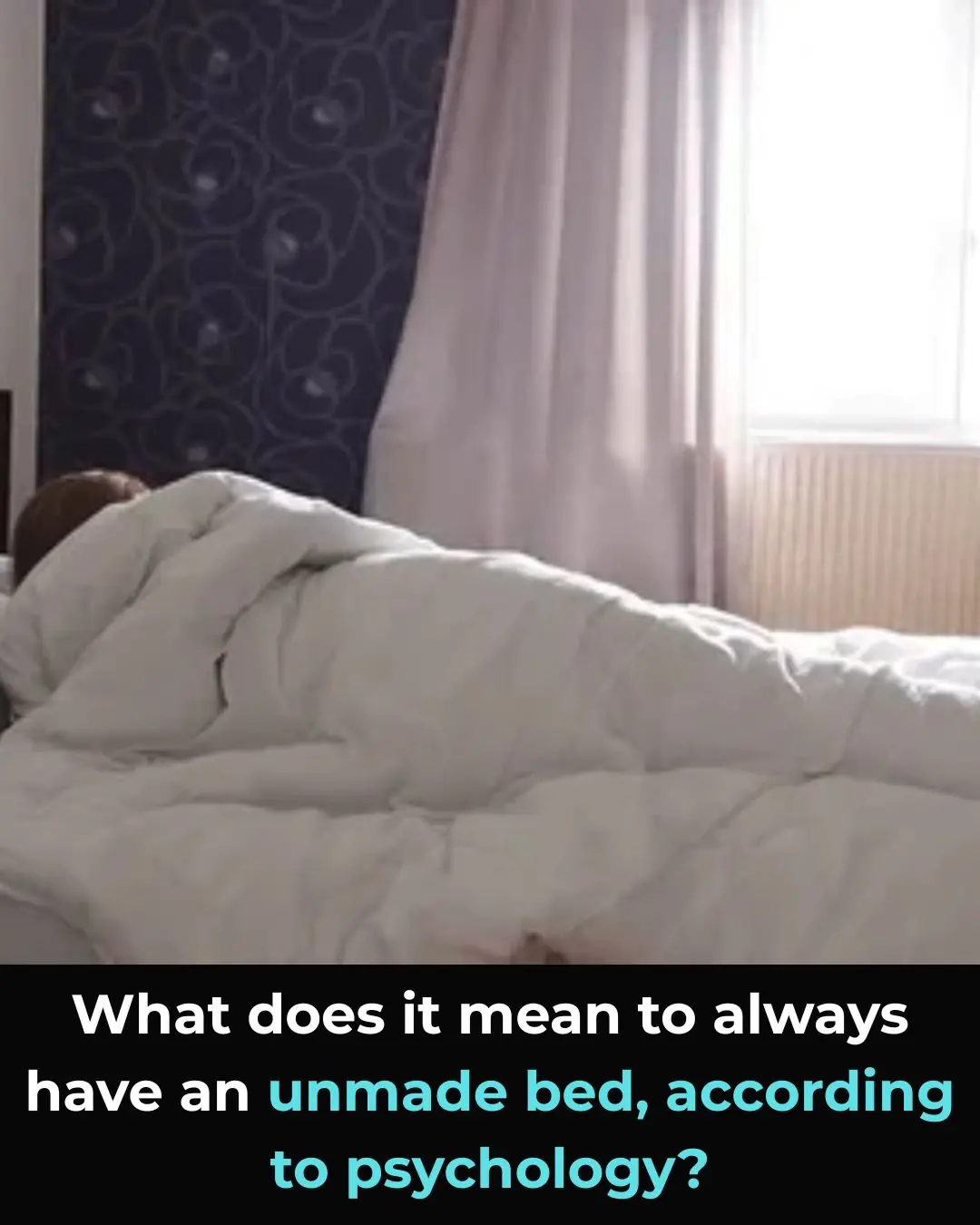
The Meaning of Having an Unmade Bed

People Who Should Avoid Eating Kohlrabi (Su Hào), Even If They Really Crave It

Dandelion: A “Superfood” Herb with Real Nutrients — What Science Says
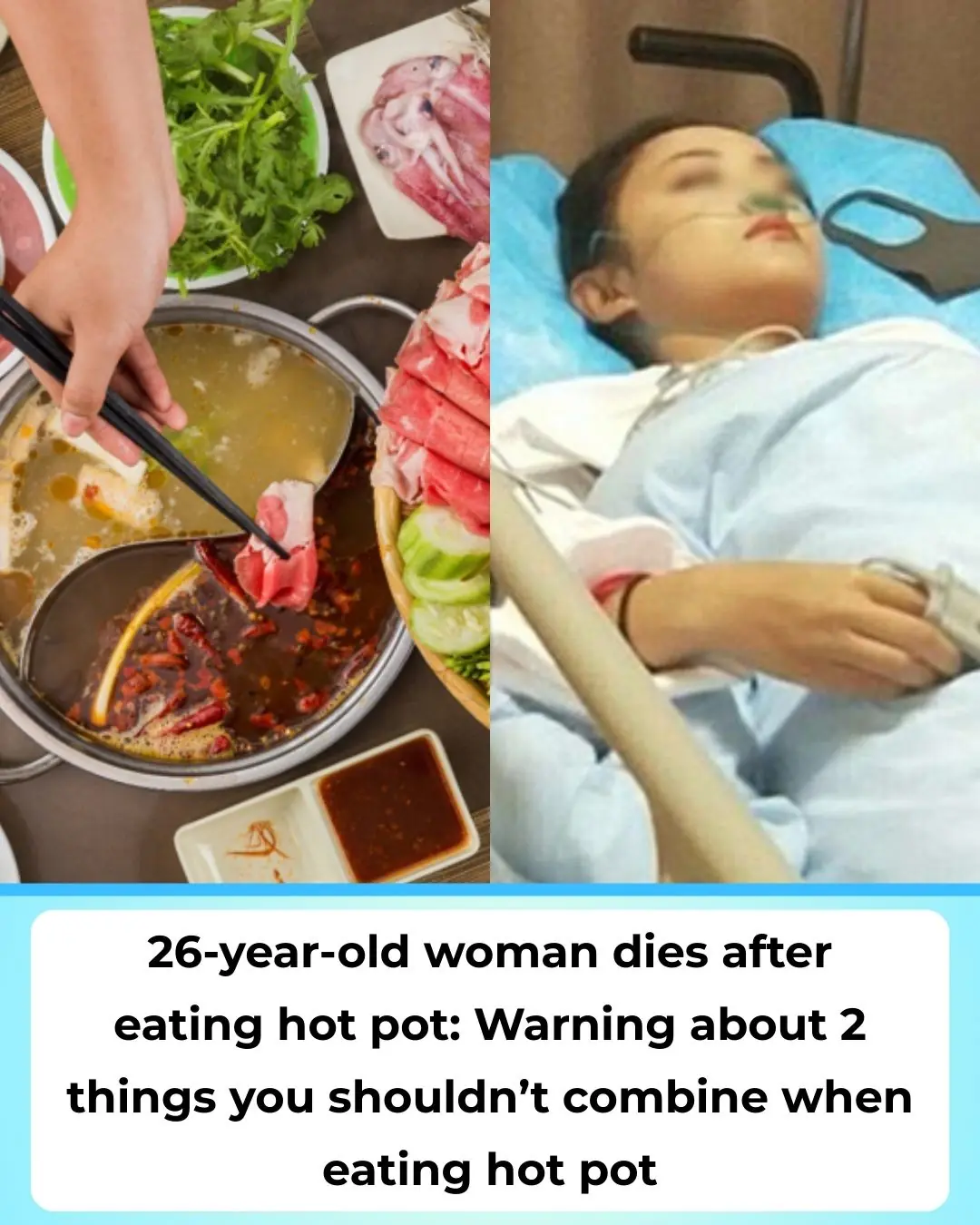
Woman (26) Dies After Eating Hot Pot: 2 Things You Should Never Do Together When Enjoying Hot Pot
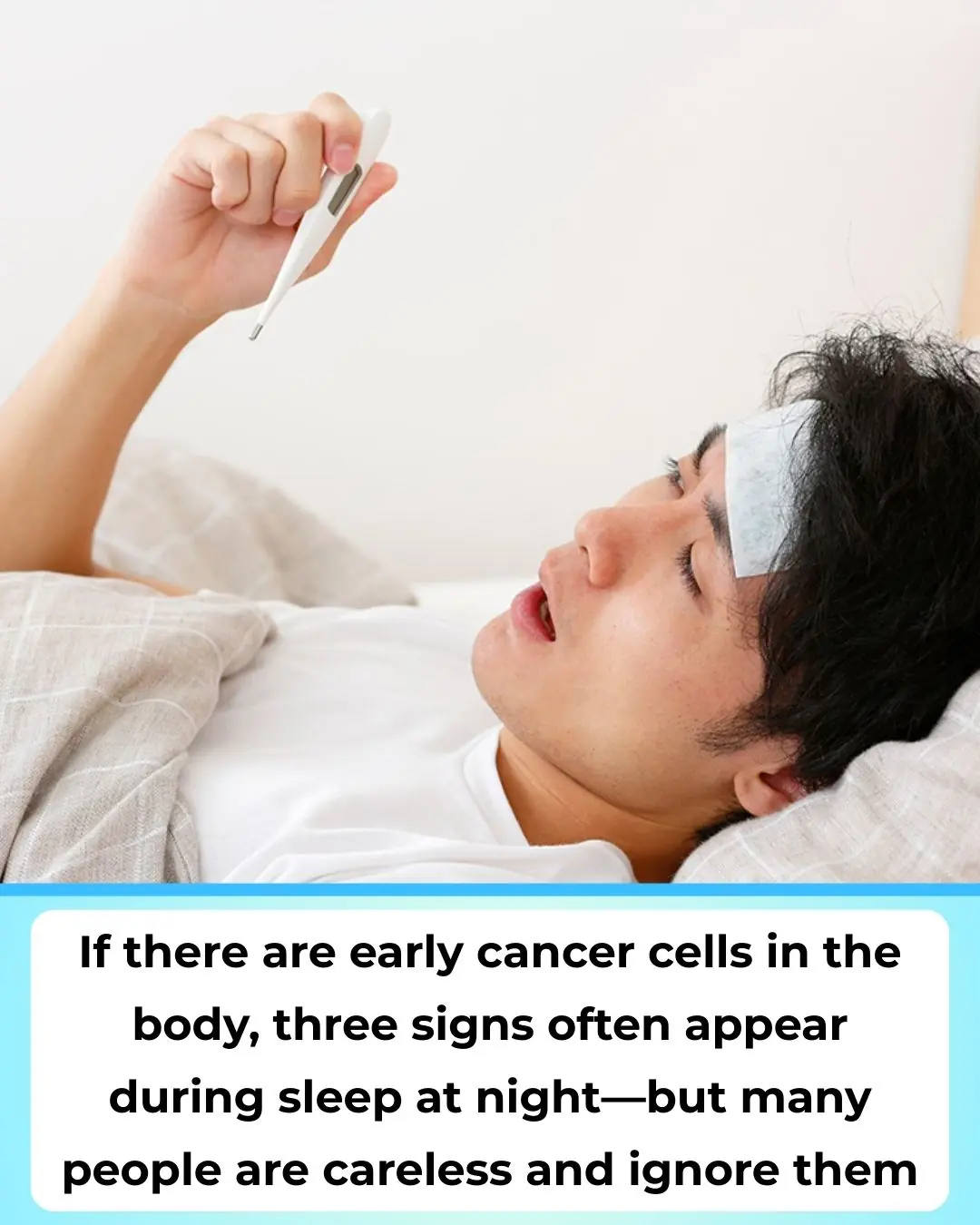
If the Body Is Developing Cancer, Three Nighttime Sleep Signs May Appear — But Many People Ignore Them
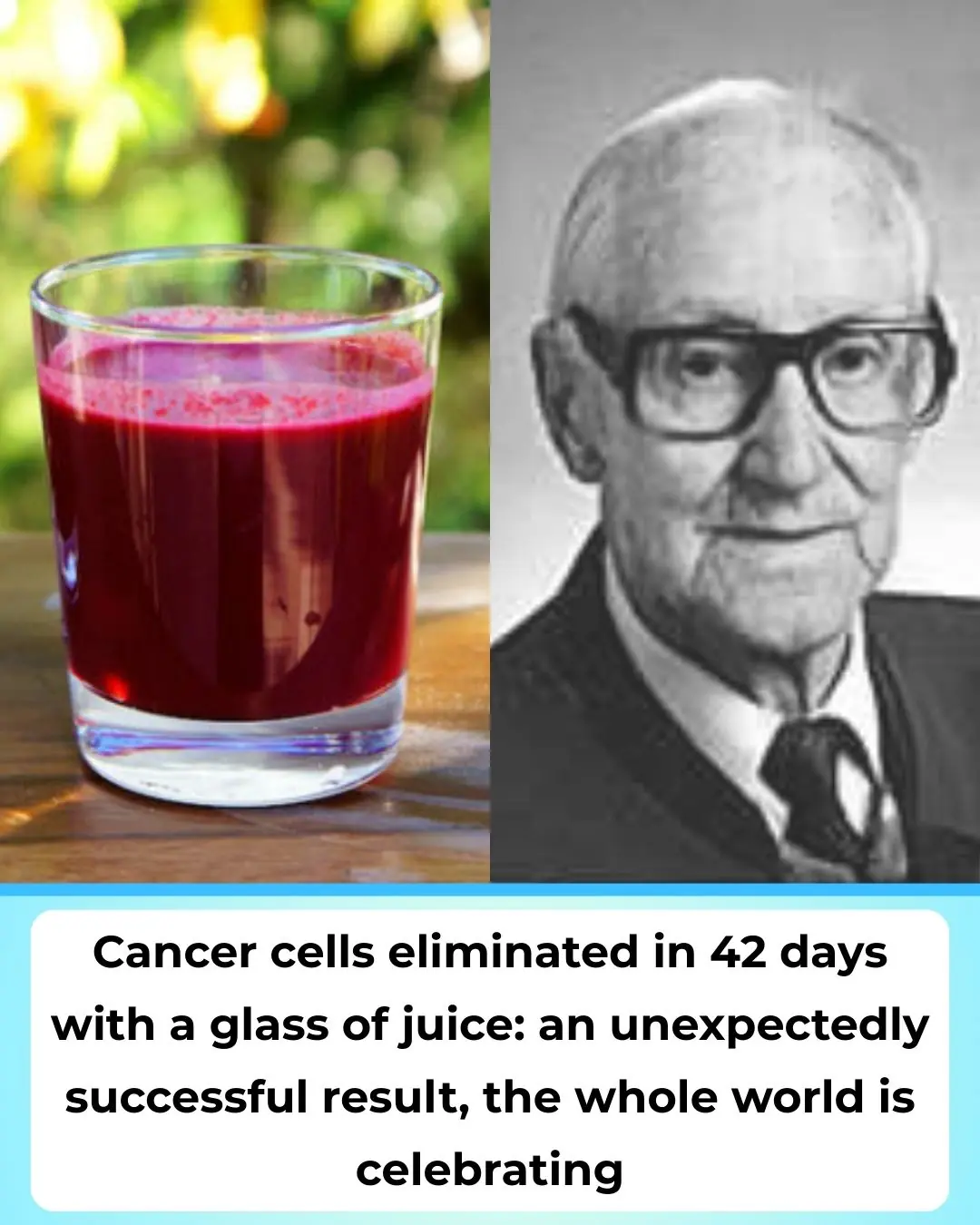
Claim: “Cancer Cells Eliminated in 42 Days with a Special Juice — Worldwide Celebration?”
News Post

HealthWhy Your Hard-Boiled Eggs Have That Weird Green Ring

Why Your Blood Pressure Is Higher in the Morning

This 20-Minute Treadmill Workout Builds Strength After 50

The Best Times to Eat Yogurt for Effective Weight Loss and Gut Health
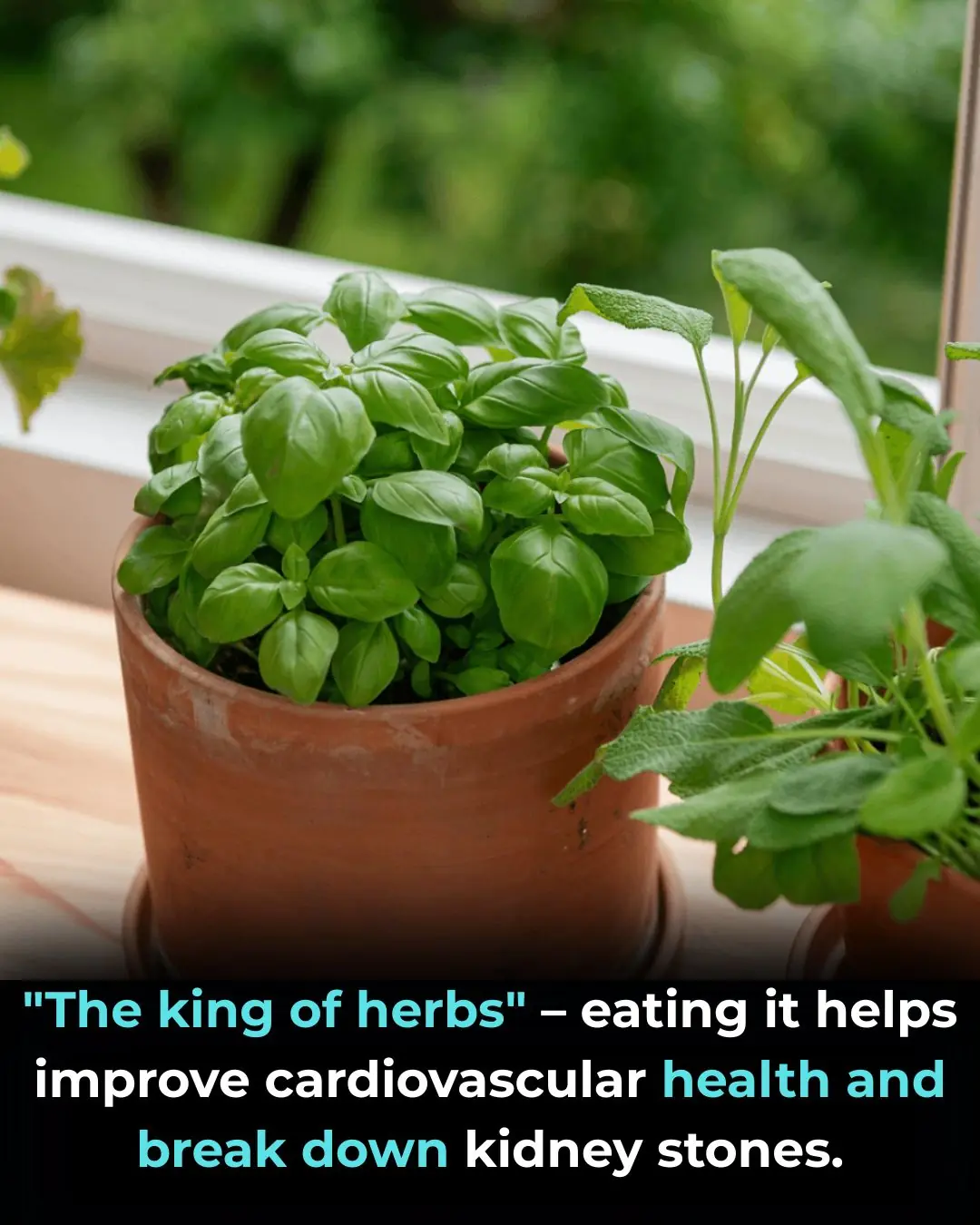
"The King of Herbs": Aids Heart Health and Helps Dissolve Kidney Stones
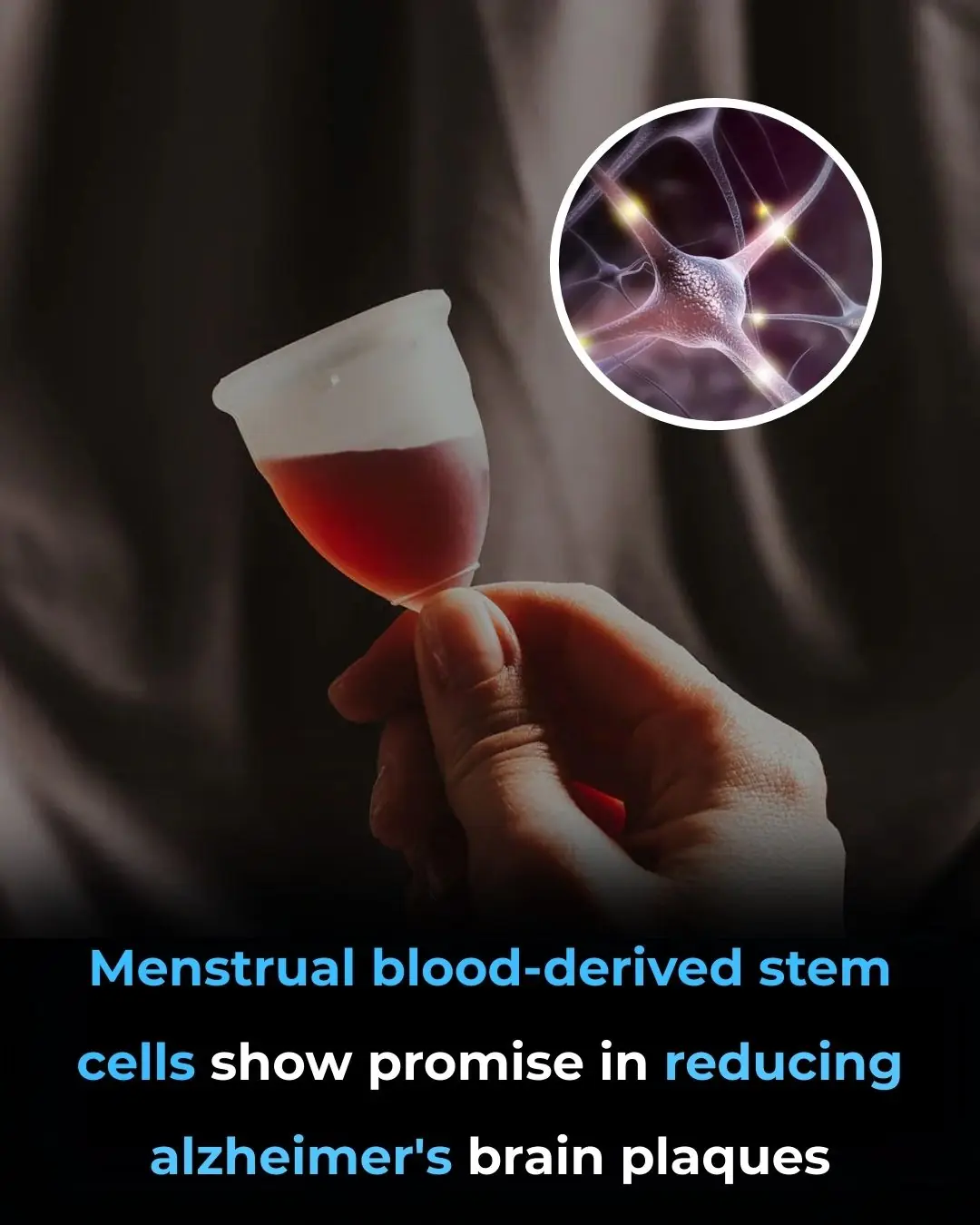
Menstrual Blood–Derived Stem Cells and Amyloid Pathology in Alzheimer’s Disease: Evidence from Preclinical Research

Household Chores and the Development of Executive Functions in Children

Edible Mushroom Consumption and the Prevention of Subclinical Thyroid Dysfunction
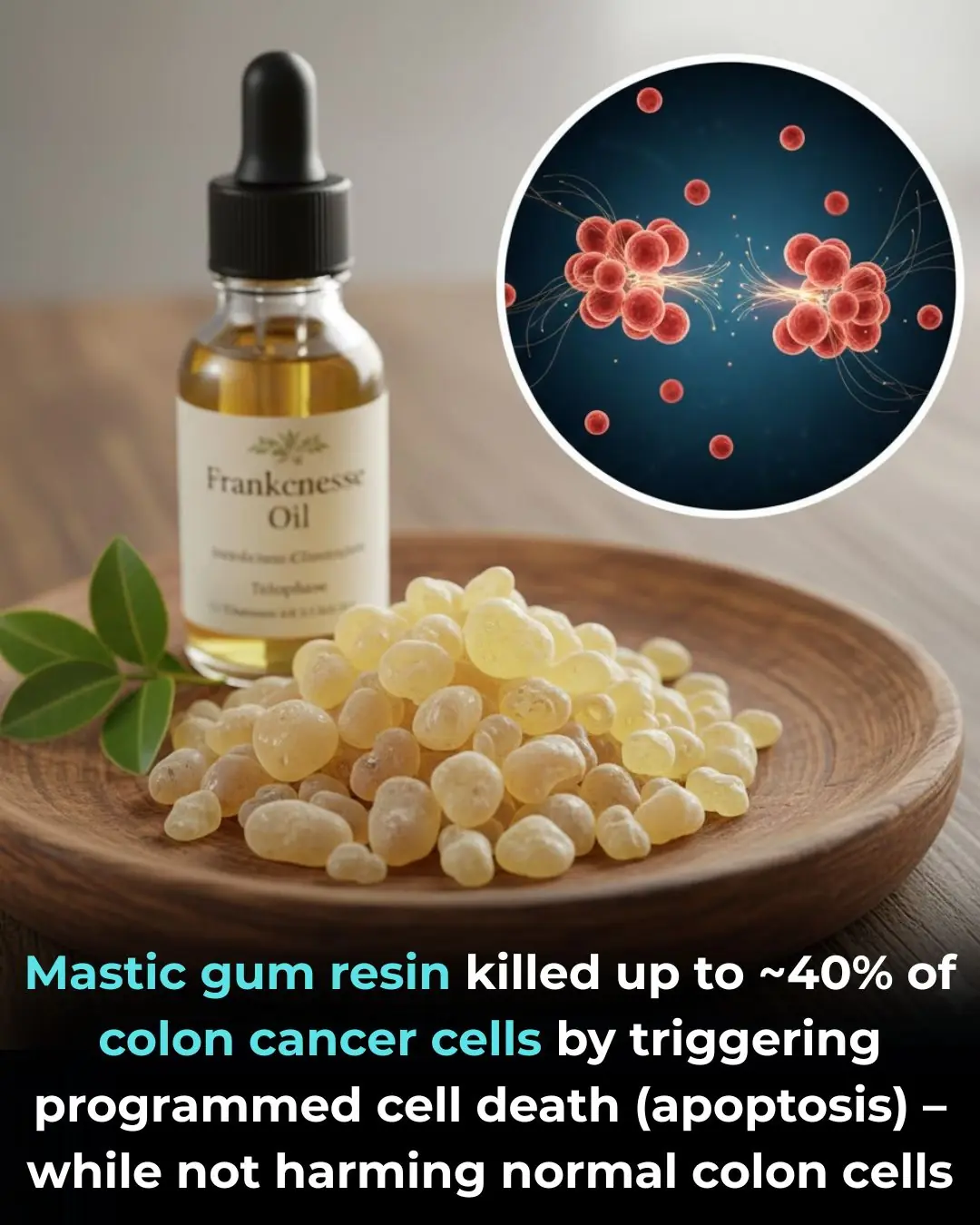
Anticancer Potential of Mastic Gum Resin from Pistacia atlantica: Evidence from In Vitro Colon Cancer Models

The Effects of Raw Carrot Consumption on Blood Lipids and Intestinal Function

Off-the-Shelf CAR-NKT Cell Therapy Targeting Mesothelin: A New Strategy Against Pancreatic Cancer
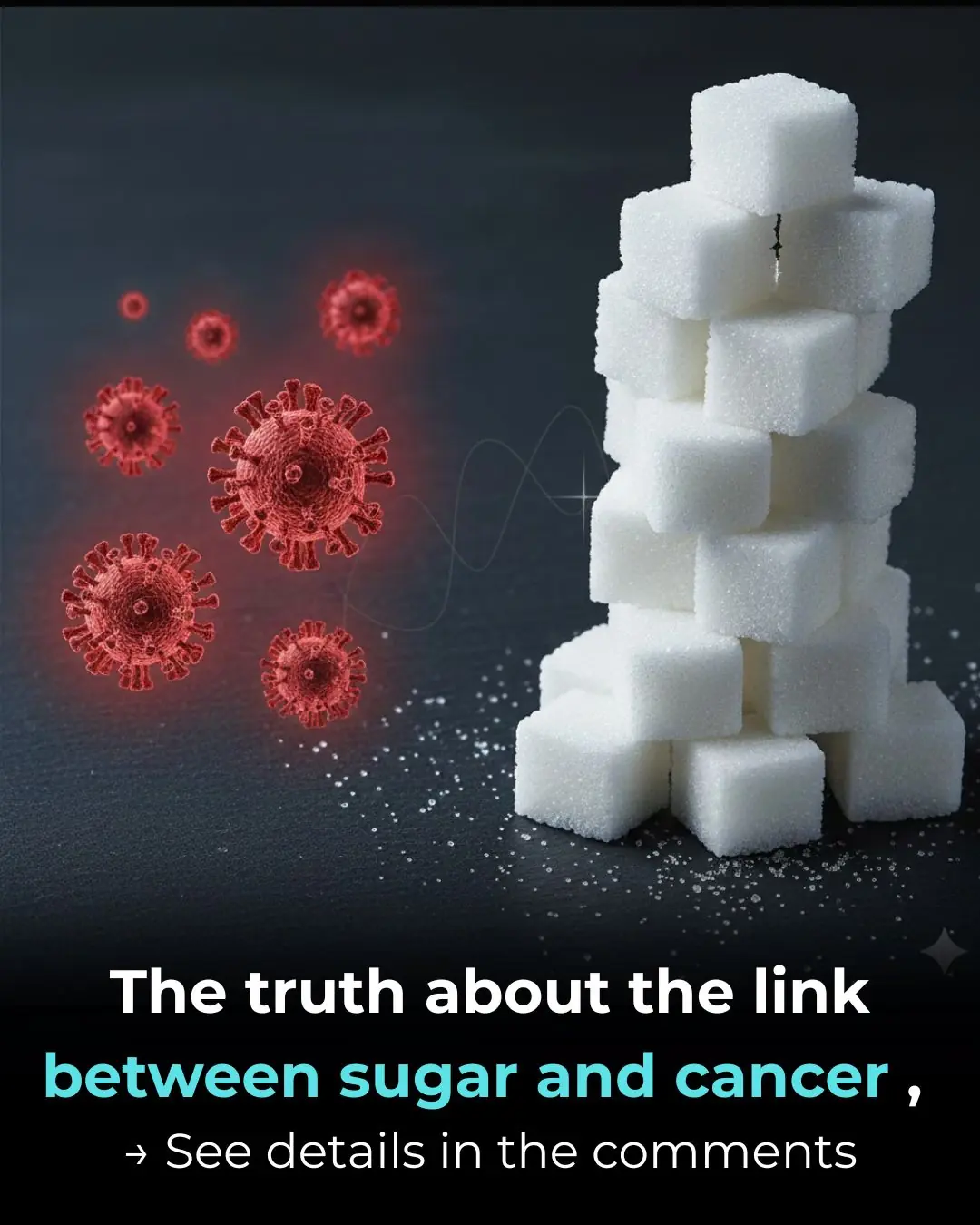
The Truth About the Link Between Sugar and Cancer

Most people will go their entire life without ever knowing what the drawer under the oven was actually designed for

Beware! 7 Neuropathy Causing Medications You Need to Know

Doctors have summarized five warning signs that a person's body typically gives in the year before death

Why do many people recommend squeezing lemon juice into the oil before frying?

Woman lost both kidneys before turning 30: Doctor warns of 2 habits that cause kidney failure
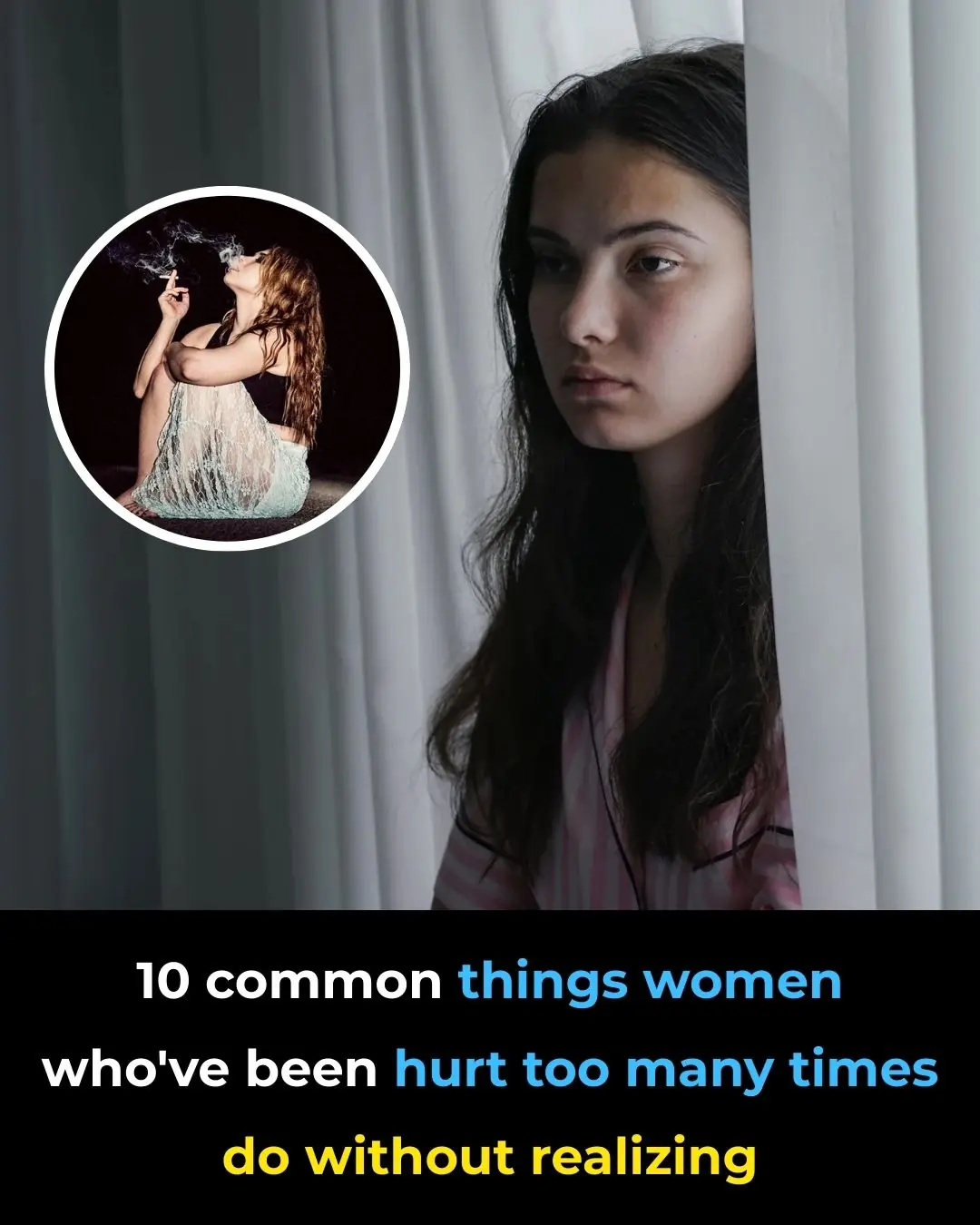
10 Things Women Who Have Been Heartbroken Too Many Times Do

Best Vitamins & Foods for Hair Growth
